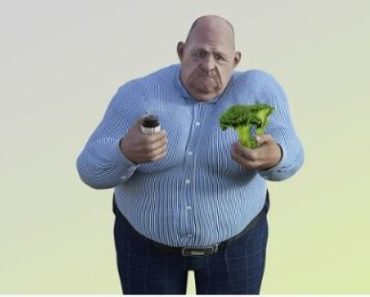Embed from Getty Imageswindow.gie=window.gie||function(c){(gie.q=gie.q||[]).push(c)};gie(function(){gie.widgets.load({id:’JDTwJ67TRDJ_n-A4jzOIAQ’,sig:’ePkUIXNhTzC7IfRroGufSnm-ELj3CfA2qFpnsNt0z5g=’,w:’477px’,h:’358px’,items:’102675280′,caption: true ,tld:’com’,is360: false })});
In 1880, there were an estimated 150,000 horses living and working within New York City. They pulled street cars, transported an increasing amount of goods, and became a frequent site on the city streets.
The also pooped. A lot. The average horse pooped 22 pounds in a day. For those keeping track at home, the 150,000-strong New York City horse population dropped a rough 3.3 million pounds of manure across the city streets each and every day.
 It was predicted that by the 1930s the manure in the streets would reach the third story of the city’s buildings. That prediction never occurred, however, and that is largely because of the advent of the combustible engine.
It was predicted that by the 1930s the manure in the streets would reach the third story of the city’s buildings. That prediction never occurred, however, and that is largely because of the advent of the combustible engine.
Urban odors slowly dissipated as horse drawn transportation gave way to the automobile. An environmental crisis of a different order was averted.
The story is a great precursor to our current climate change situation. The ways that technology can influence climate change are only limited by creativity. Technology is already having an impact on other environmental issues.
A $1.4 million prize incentivized the development of new technology to cleanup the BP oil spill in 2008. Desalination plants are making the world’s largest bodies of water drinkable.
So what is being done to lessen the impacts of climate change currently? There’s work being done on quite a few fronts, actually.
Transportation
The combustion of fossil fuels in automobiles was the second leading source of CO2 emissions in 2015, according to the Environmental Protection Agency. Automobiles made up about 29 percent of U.S. greenhouse gas emissions.
Both electric and autonomous driving vehicles can change that. Electric vehicles offer an environmentally friendlier fuel source. Autonomous, or self-driving vehicles, have the ability to reduce traffic and optimize driving patterns. Several autonomous makes and models are slated to hit the market in about 3-4 years.
Internet of Things
Smart appliances can help keep your energy use in check. Many appliances and other smart products will likely come with apps that help you monitor usage.
Products such as Nest thermostat can learn your energy habits, and can adjust the temperature in your home to help you conserve. With more data and more information available to the consumer, we can start making more efficient choices.
Energy
The U.S will need to up its clean energy consumption, while cutting back on the fossil fuel reliance. It’s a tall order. Part of that shift will come in the efficiency of a smarter energy grid, and technology can help.
A smart grid that moves energy more efficiently and gives consumers more control could help fight against climate change. It can accelerate usage of wind and solar power.
Agriculture
Meats grown in a lab could drastically reduce greenhouse gas emissions. Cultured meats would require less energy to produce, and far less land as well. The snag with cultured meats is whether it is something people can be convinced to eat.
Vertical farming, or growing plants in vertically stacked containers, could also help cut down on the amount of land used to grow our food.
Open Source
As more technological solutions for climate change emerge, companies can open source their research, to elevate the entire industry – and make sure that all products are environmentally conscious. This kind of open collaboration can make more tech options viable in the battle against climate change.
Conclusion
The impacts of climate change are upon us. While political will in the U.S. is wavering, the technological advancements are showing promise. It’s a matter of making these options accessible and usable for all. It’s apparent that technology will be a necessary ally in the battle against climate change.
__
Photo credit: Getty Images
The post Technology and the Battle Against Climate Change appeared first on The Good Men Project.
(via The Good Men Project)





